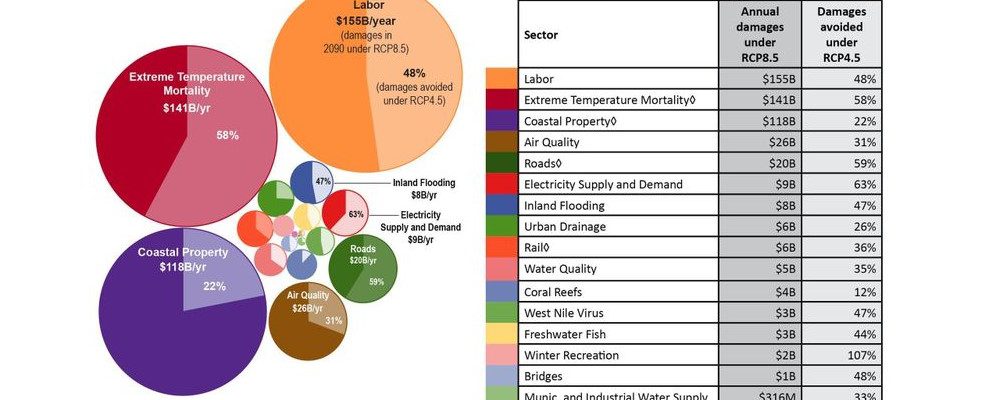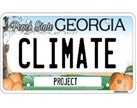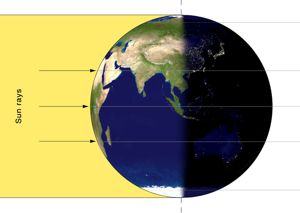Climate science
-

You’ve all seen mirages. One of the most common is a phantom image that looks like water on a highway. Mirages are caused by vertical variations in temperature that can bend light rays, resulting in distant objects looking much different than their actual appearance. Atlas Obscura has an interesting article on mirages this week that…
-

This week BBC broadcast a new 1-hour special on the science of climate change which provides a very good overview of the current state of climate science. The story is told from a British viewpoint but provides an excellent overview of climate change, how we know it exists and how it is changing our earth’s…
-

Trend magazine produced an interesting map of the earth this week showing where water is being gained or lost using microgravity measurements from satellites. It shows that some areas of the world like the Central Valley of California are losing water due to groundwater depletion, while the big ice sheet of Greenland is losing water…
-

This week the US Environmental Protection Agency released a new report on the costs of the changing climate and the benefits to consumers, businesses, and others on making choices that help prevent the worst effects of a warmer climate. Some of the figures in their report were previously shown in the massive NCA2018 report that…
-

It’s taken almost a year, but we have completed our look at the Georgia Climate Project Roadmap. For those of you who joined us late, this is a list of 40 of the most important research questions (determined by a working group of about 60 Georgia scientists) facing scientists who are looking into how climate…
Posted in: Climate science -

Earlier this week, the astronomical season changed from winter to spring as we passed the vernal equinox. Of course, climatological spring started on March 1. If you are interested in learning more about the equinox, then EarthSky has a great discussion here. Happy spring!
-

This week’s question from the Georgia Climate Project Roadmap has to do with how researchers can communicate what the impacts of climate change on health will cost the state. We know that there will be impacts due to increases in mosquit0-borne disease, heat-related illness, and other health-related impacts, but what is the best way to…
Posted in: Climate science